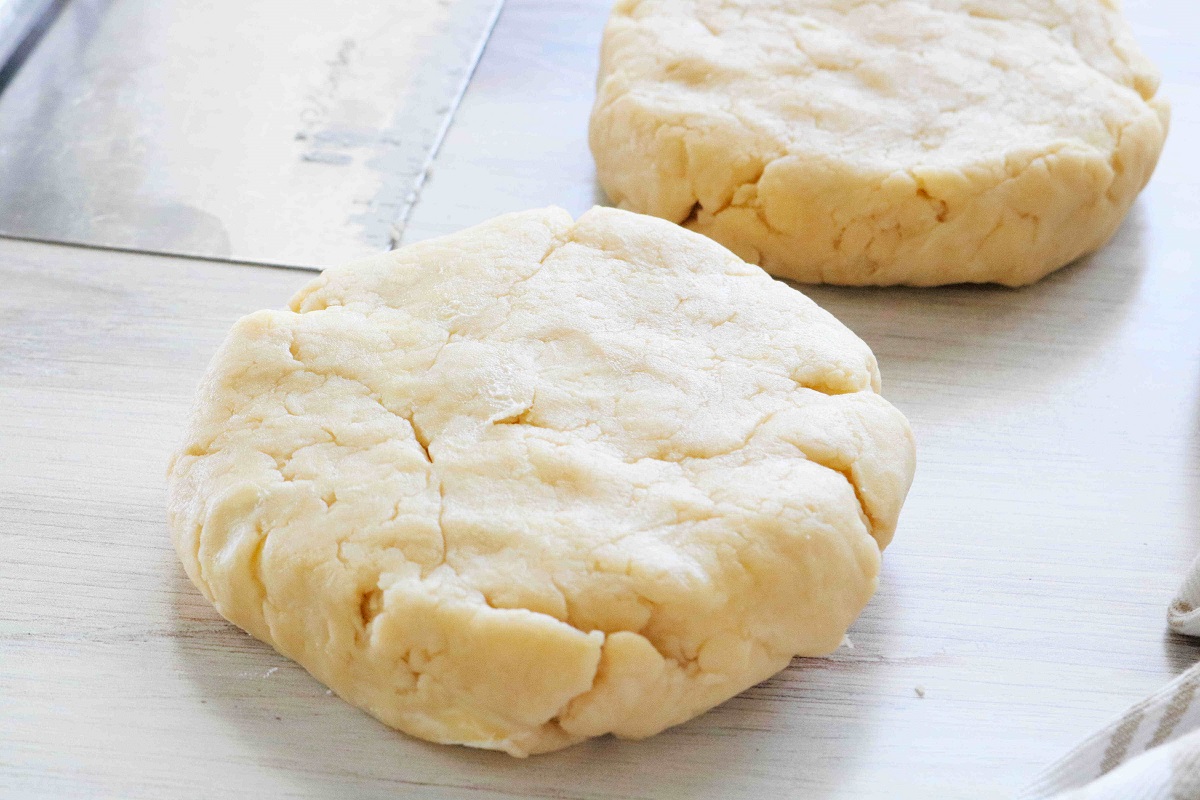

Articles
How To Store Pie Dough
Modified: October 18, 2024
Learn the best tips and tricks for storing pie dough in this helpful article. Keep your pie crust fresh and ready for any baking adventure.
(Many of the links in this article redirect to a specific reviewed product. Your purchase of these products through affiliate links helps to generate commission for Storables.com, at no extra cost. Learn more)
Introduction
Pie dough is an essential component of any delicious pie. Whether you’re making a classic apple pie or a savory quiche, properly storing your pie dough is crucial to ensure its freshness and quality. By following the right storage techniques, you can have perfectly flaky and tender pie crusts whenever you need them.
In this article, we will explore the importance of properly storing pie dough and discuss the best practices for doing so. We will also delve into different methods, such as using plastic wrap or Ziploc bags, and explore the option of freezing pie dough for long-term storage. Additionally, we will provide tips on how to thaw frozen pie dough for optimal results.
So, if you’re ready to elevate your pie-making game and learn how to store pie dough like a pro, let’s dive in!
Key Takeaways:
- Properly storing pie dough is essential for maintaining freshness, flavor, and flexibility, ensuring you can enjoy delicious homemade pies whenever the craving strikes.
- Whether using plastic wrap, Ziploc bags, or freezing methods, following best practices for storing pie dough guarantees flaky, tender, and flavorful pie crusts every time you bake.
Read more: How To Store A Pie
The Importance of Properly Storing Pie Dough
Properly storing pie dough is essential for several reasons. First and foremost, it helps to maintain the dough’s freshness and prevent it from drying out. This is particularly crucial for achieving a flaky and tender crust. When pie dough dries out, it becomes brittle and challenging to work with, resulting in a less satisfying end product.
By storing your pie dough correctly, you also preserve its flavor. Pie dough can absorb odors easily, so storing it improperly may result in an unpleasant taste or aroma. Furthermore, if you’re preparing pie dough in advance for future use, proper storage allows you to save time and effort.
Additionally, correctly stored pie dough gives you the flexibility to enjoy homemade pies whenever the craving strikes. By having prepared dough on hand, you can whip up a delectable pie in no time, whether for a family gathering, special occasion, or simply to treat yourself.
Lastly, proper storage helps prevent waste. If you find yourself with leftover pie dough after making a pie, storing it properly ensures that you can still use it for future baking projects, rather than tossing it away.
Overall, the importance of properly storing pie dough cannot be overstated. By investing a little time and effort into maintaining the dough’s freshness, flavor, and flexibility, you guarantee that your homemade pies will always turn out perfectly.
Best Practices for Storing Pie Dough
When it comes to storing pie dough, there are a few best practices to keep in mind to ensure optimal results:
- Wrap it tightly: Whether you’re using plastic wrap or a Ziploc bag, make sure to wrap the pie dough tightly. This helps prevent air from entering and drying out the dough.
- Label and date: If you’re storing multiple batches of pie dough or freezing it, it’s crucial to label and date each package. This way, you know exactly when it was prepared and can prioritize using the oldest dough first.
- Store in the refrigerator: For short-term storage, refrigeration is the best option. Place the wrapped pie dough in the refrigerator, away from strong odors, and use it within a few days for optimal freshness.
- Freeze for long-term storage: If you want to store pie dough for an extended period, freezing is the way to go. Freezing preserves the dough’s quality and allows you to have homemade pie crusts on hand whenever you need them.
- Divide into portions: If you’re freezing pie dough, consider dividing it into smaller portions before wrapping. This makes it easier to thaw and use only the amount you need, without having to defrost the entire batch.
- Use high-quality ingredients: The quality of your pie dough depends not only on how it is stored but also on the ingredients used. Always use fresh, high-quality flour, butter, and other ingredients to achieve the best results.
- Avoid overworking the dough: When preparing pie dough, be mindful not to overwork it. Excessive handling can make the dough tough and less enjoyable. Handle the dough gently and minimally for a tender crust.
- Follow a trusted recipe: Lastly, ensure you follow a trusted pie dough recipe that provides detailed instructions on storing the dough. Different recipes may have specific recommendations for storage, so it’s essential to follow the recipe’s guidance.
By following these best practices, you’ll be able to store your pie dough successfully and enjoy fresh, flavorful, and flaky pie crusts every time you bake.
Method 1: Plastic Wrap
One of the simplest and most commonly used methods for storing pie dough is using plastic wrap. Plastic wrap creates a tight seal around the dough, preventing air from reaching it and helping to maintain its moisture. Here’s how you can store pie dough using plastic wrap:
- Prepare the dough: After making your pie dough, shape it into a disk or divide it into portions, depending on your recipe or preference.
- Wrap in plastic wrap: Place the dough in the center of a large sheet of plastic wrap. Fold the plastic wrap over the dough, creating a tight seal. Make sure all sides are covered, and there are no gaps where air can enter.
- Label and store: Use a permanent marker to label the package with the date and any other relevant information. Then, store the wrapped dough in the refrigerator for short-term usage (within a few days) or in the freezer for long-term storage.
- Thawing: When you’re ready to use the dough, remove it from the refrigerator or freezer and let it thaw in the refrigerator overnight. Avoid thawing at room temperature, as it can lead to uneven thawing and affect the dough’s texture.
By using plastic wrap to store your pie dough, you can rest assured that it will remain fresh and ready to use whenever you’re in the mood for a delicious homemade pie.
After forming the pie dough, wrap it tightly in plastic wrap and store it in the refrigerator for up to 3 days or in the freezer for up to 3 months. Thaw frozen dough in the refrigerator before using.
Method 2: Ziploc Bag
Another practical and convenient method for storing pie dough is using Ziploc bags. Ziploc bags provide an airtight seal, keeping the dough fresh and preserving its moisture. Here’s how you can store pie dough using Ziploc bags:
- Prepare the dough: After making your pie dough, shape it into a disk or divide it into portions, depending on your recipe or preference.
- Place in a Ziploc bag: Take a gallon-sized Ziploc bag and carefully place the dough inside. Remove as much air as possible from the bag before sealing it. You can use a straw inserted into a small opening in the corner of the bag to suck out excess air before sealing completely.
- Label and store: Using a permanent marker, label the bag with the date and any other relevant information. Then, store it in the refrigerator for short-term storage or in the freezer for long-term storage.
- Thawing: To thaw the dough, remove it from the refrigerator or freezer and let it thaw in the refrigerator overnight. Thawing in the refrigerator helps the dough retain its moisture and prevents any potential bacterial growth.
Storing pie dough in Ziploc bags not only keeps it fresh and moist but also allows for easy organization in your refrigerator or freezer. It’s a convenient and space-saving option for any pie baking enthusiast.
Read more: How To Store Whoopie Pies
Method 3: Freezing Pie Dough
Freezing pie dough is an excellent option if you want to have homemade pie crusts ready to use whenever you need them. Freezing helps to extend the shelf life of the dough, allowing you to store it for an extended period without sacrificing quality. Follow these steps to freeze your pie dough:
- Prepare the dough: Shape the pie dough into a disk or divide it into portions, depending on your preference.
- Wrap in plastic wrap: Wrap the dough tightly in plastic wrap to prevent freezer burn and maintain its freshness. Make sure all sides are securely covered, with no exposed areas.
- Place in a Ziploc bag: Once the dough is wrapped, place it inside a Ziploc bag for additional protection against freezer burn.
- Label and date: Use a permanent marker to label the Ziploc bag with the date and any other relevant information, such as the type of dough or recipe used.
- Store in the freezer: Lay the Ziploc bag flat in the freezer to allow for easier storage and stacking. Be mindful not to stack heavy objects on top of the dough to avoid crushing it.
- Thawing: When you’re ready to use the frozen dough, remove it from the freezer and let it thaw in the refrigerator overnight. Thawing gradually in the refrigerator helps ensure even defrosting without compromising the dough’s quality.
By freezing your pie dough, you can always have a homemade crust ready for impromptu pie baking sessions or when you’re short on time. It’s a convenient way to prepare in advance and enjoy fresh pie crusts whenever the craving strikes.
Tips for Thawing Frozen Pie Dough
Thawing frozen pie dough properly is essential to preserve its texture and ensure optimal results when baking. Here are some tips to help you thaw frozen pie dough effectively:
- Plan ahead: Allow enough time for the dough to thaw in the refrigerator. It’s best to plan at least overnight thawing, as this ensures the dough thaws gradually and evenly.
- Keep it wrapped: Keep the frozen pie dough wrapped in its plastic wrap or Ziploc bag during the thawing process. This helps retain moisture and prevents the dough from absorbing any unwanted odors from the refrigerator.
- Avoid room temperature thawing: While it may be tempting to speed up the thawing process by leaving the dough at room temperature, it’s best to thaw it in the refrigerator. Thawing at room temperature can lead to uneven thawing, resulting in dough that is too soft or sticky.
- Handle with care: Once the dough has thawed, handle it gently to avoid overworking it. Overworking the dough can make it tough and affect the final texture of the crust.
- Check for thawing completeness: Before using the dough, ensure it has fully thawed. If the center of the dough still feels firm or cold, let it continue thawing in the refrigerator until fully softened.
- Adjust baking time: Keep in mind that thawed pie dough may require slight adjustments to the baking time specified in your recipe. Thawed dough may bake faster than fresh dough, so keep an eye on the crust while it’s in the oven.
- Store unused thawed dough: If you don’t use all the thawed pie dough, it’s essential to store the remainder properly. Wrap it tightly in plastic wrap or place it in an airtight container and store it in the refrigerator. Use the remaining dough within a couple of days for best results.
By following these tips, you can ensure that your frozen pie dough thaws correctly, preserving its quality and resulting in a delicious homemade pie crust.
Conclusion
Properly storing pie dough is crucial for maintaining its freshness, flavor, and texture. Whether you choose to use plastic wrap, Ziploc bags, or freezing methods, following the best practices ensures that you have pie dough ready whenever inspiration strikes.
By storing your pie dough correctly in the refrigerator or freezer, you can enjoy flaky, tender, and delicious pie crusts without the hassle of making dough from scratch every time. This not only saves you time but also allows you to satisfy your pie cravings on a whim.
Remember to label and date your stored dough, so you know when it was prepared and prioritize using the oldest dough first. Thawing frozen pie dough in the refrigerator gradually helps retain moisture and ensures even defrosting.
Additionally, be sure to handle the dough gently and avoid overworking it. High-quality ingredients and following trusted recipes play a significant role in the final outcome of your pie crusts.
So, whether you’re a seasoned pie enthusiast or just beginning your pie-baking journey, mastering the art of storing pie dough will elevate your baking skills and bring endless possibilities for delightful homemade pies.
Now that you have the knowledge and techniques for storing pie dough, it’s time to roll up your sleeves and get baking those mouthwatering pies!
Frequently Asked Questions about How To Store Pie Dough
Was this page helpful?
At Storables.com, we guarantee accurate and reliable information. Our content, validated by Expert Board Contributors, is crafted following stringent Editorial Policies. We're committed to providing you with well-researched, expert-backed insights for all your informational needs.
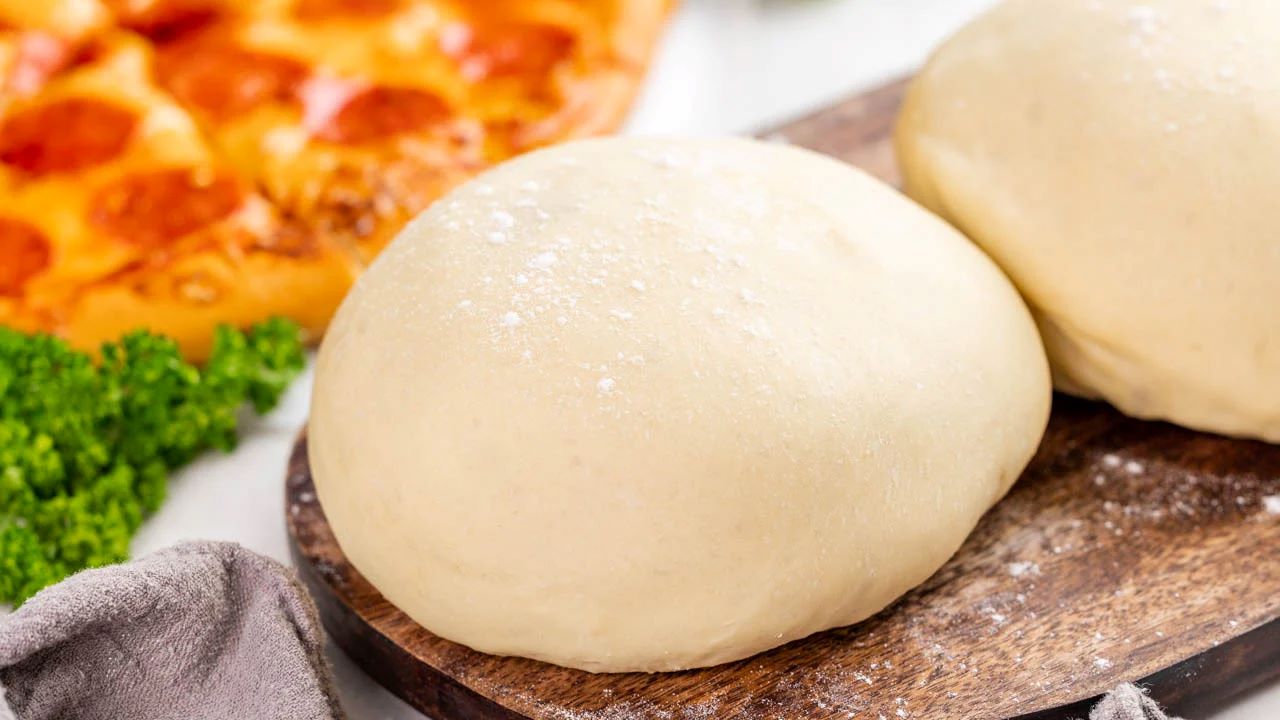

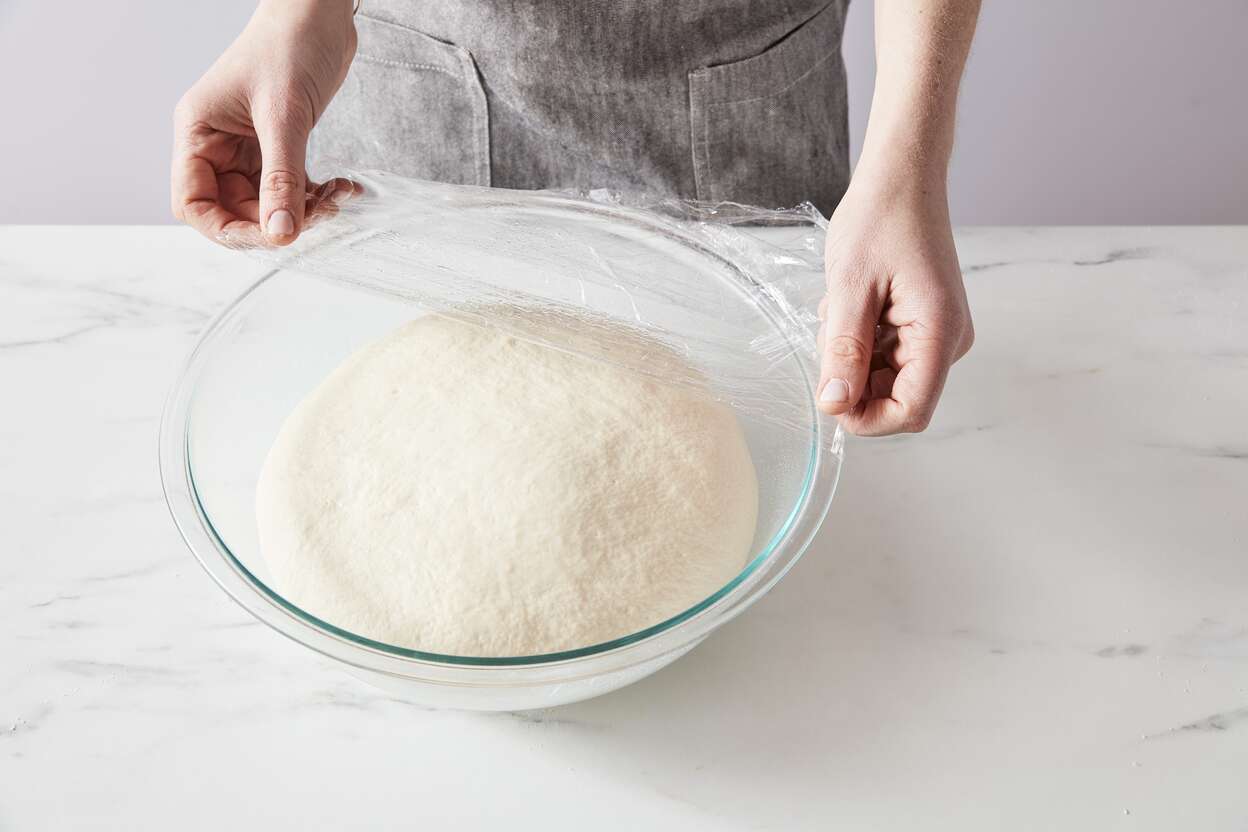


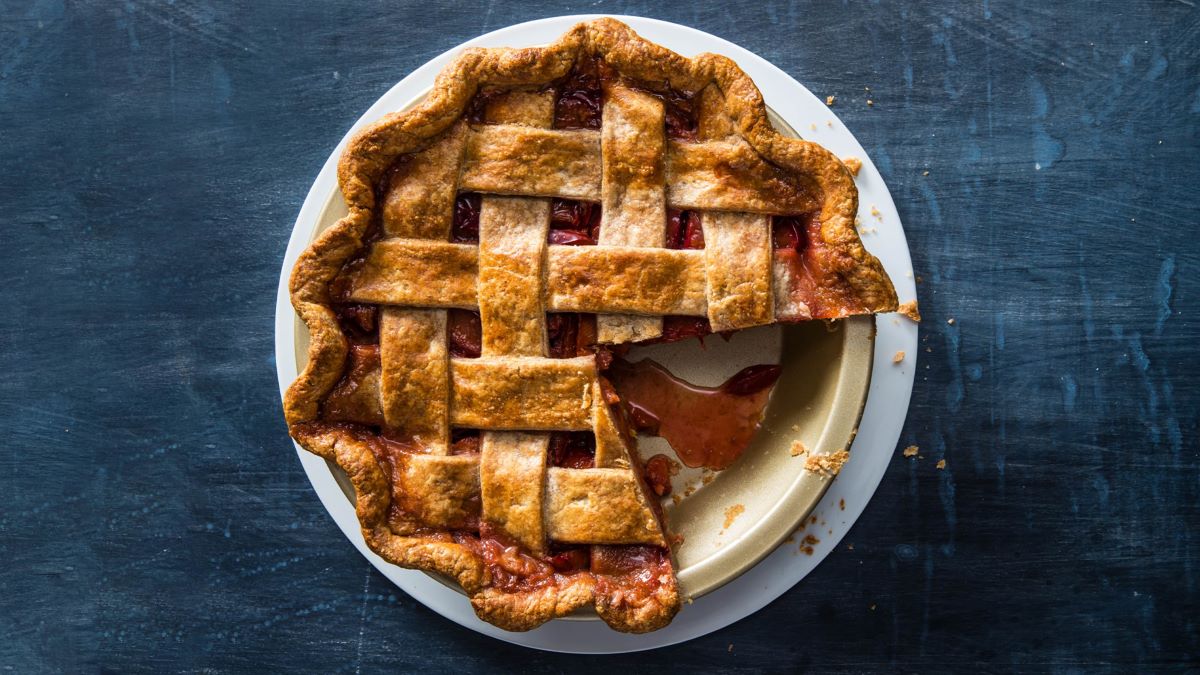


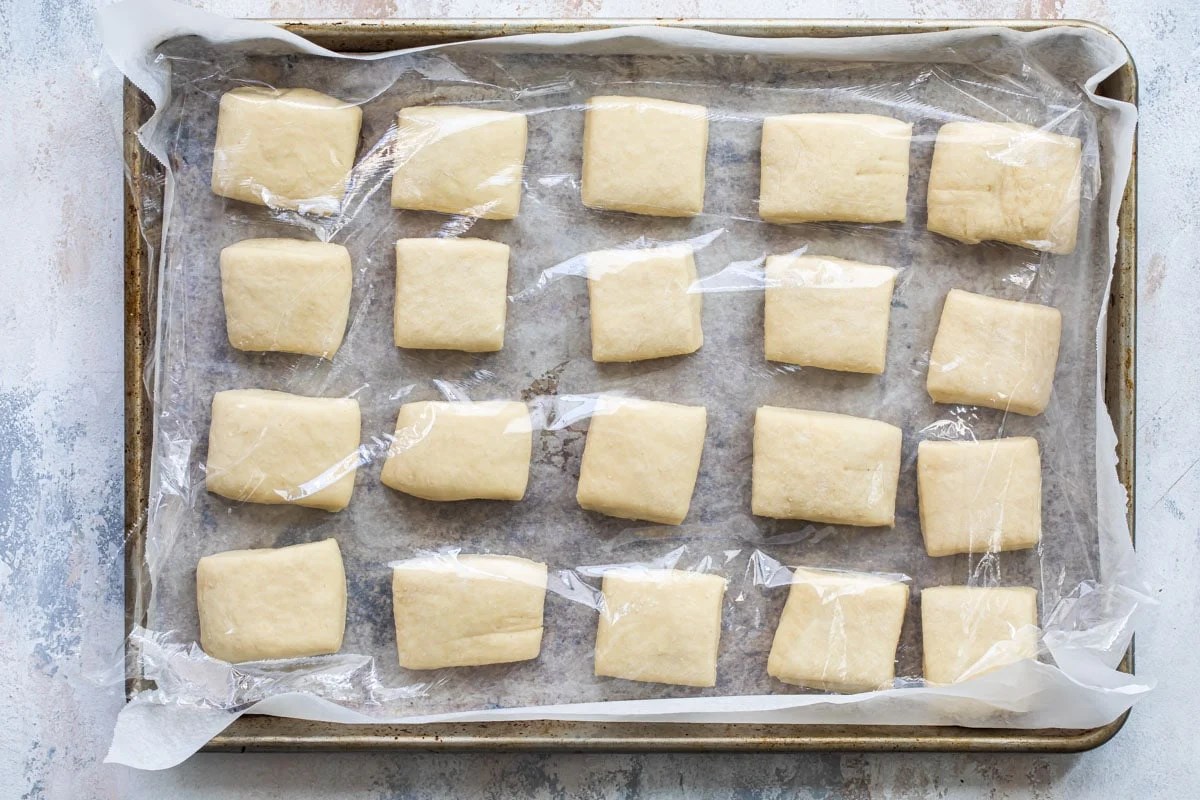
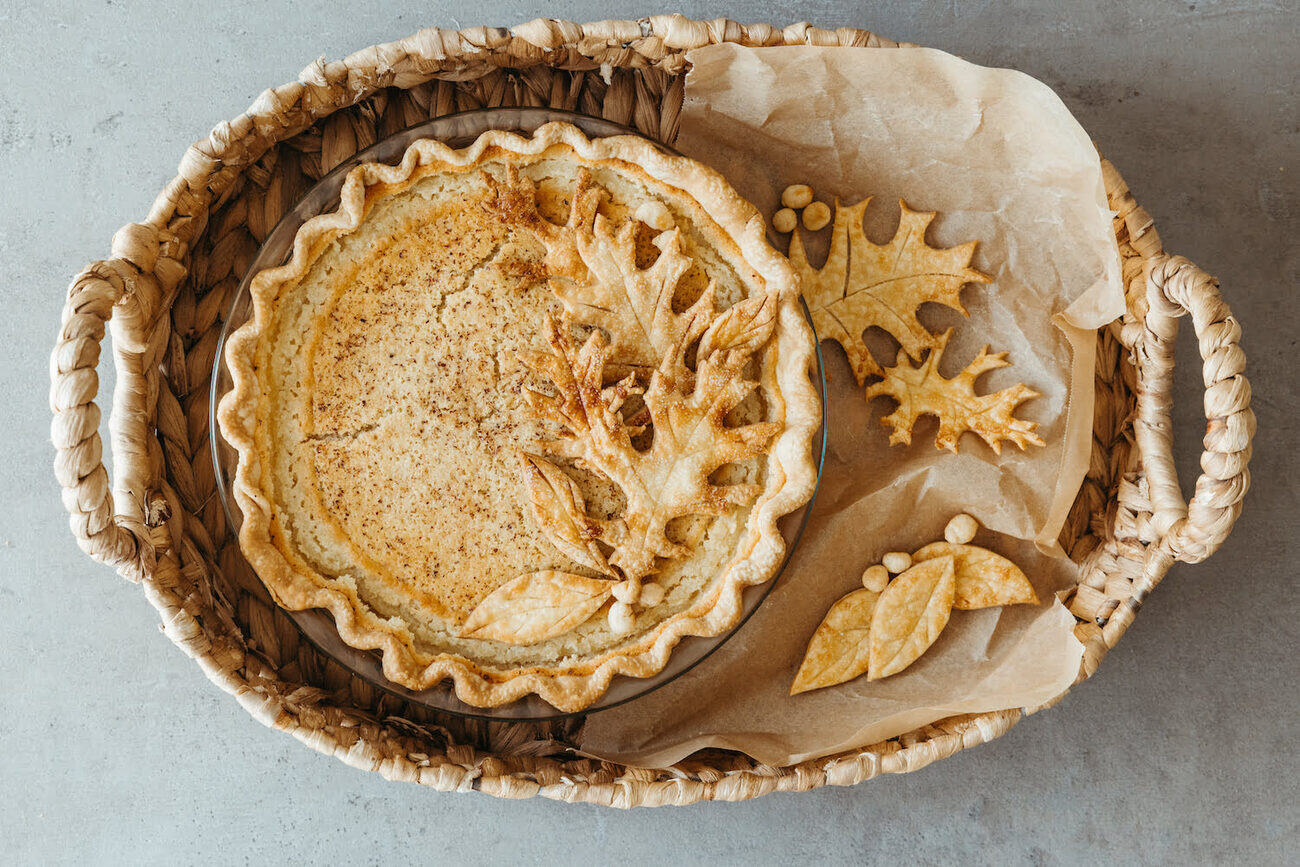
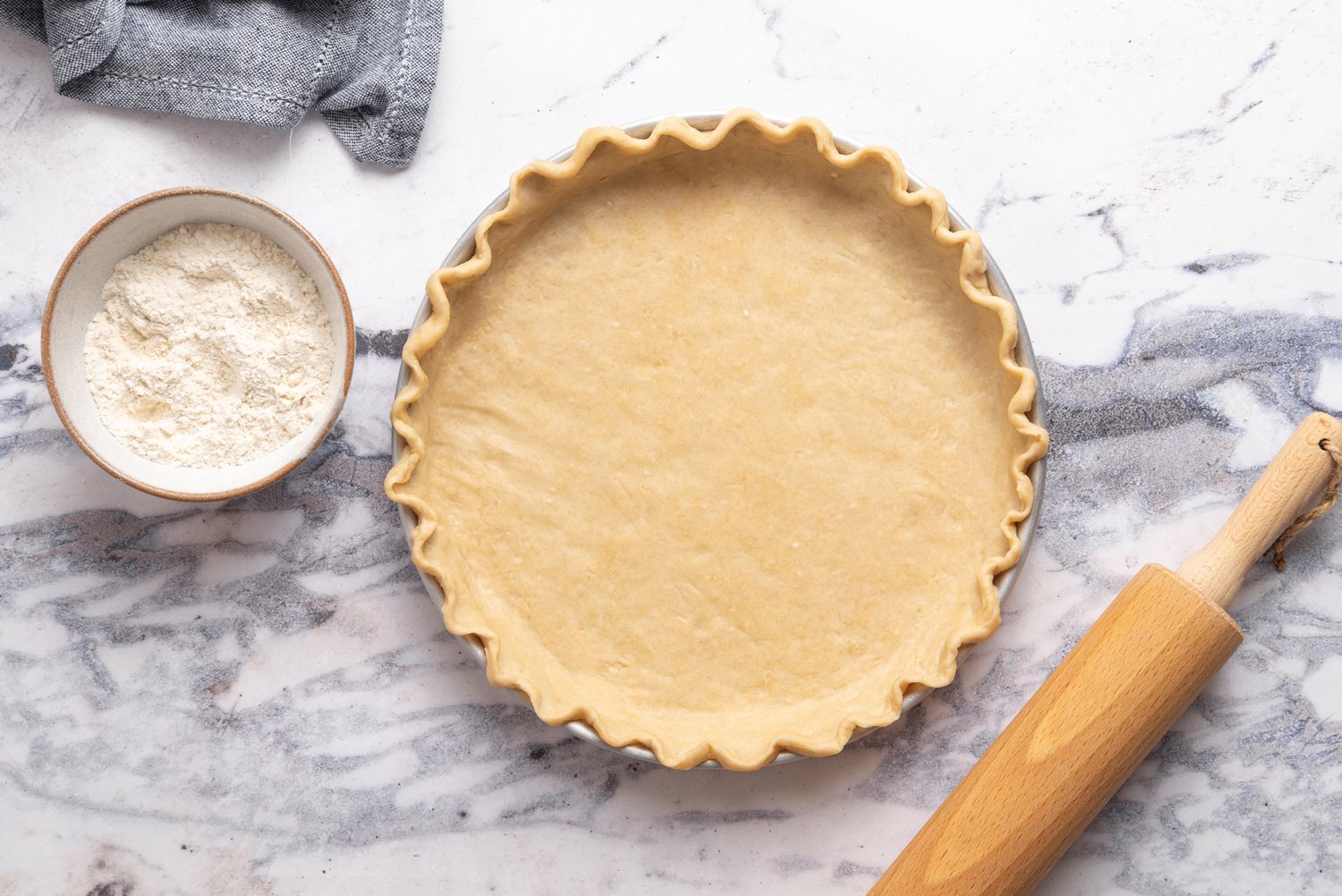

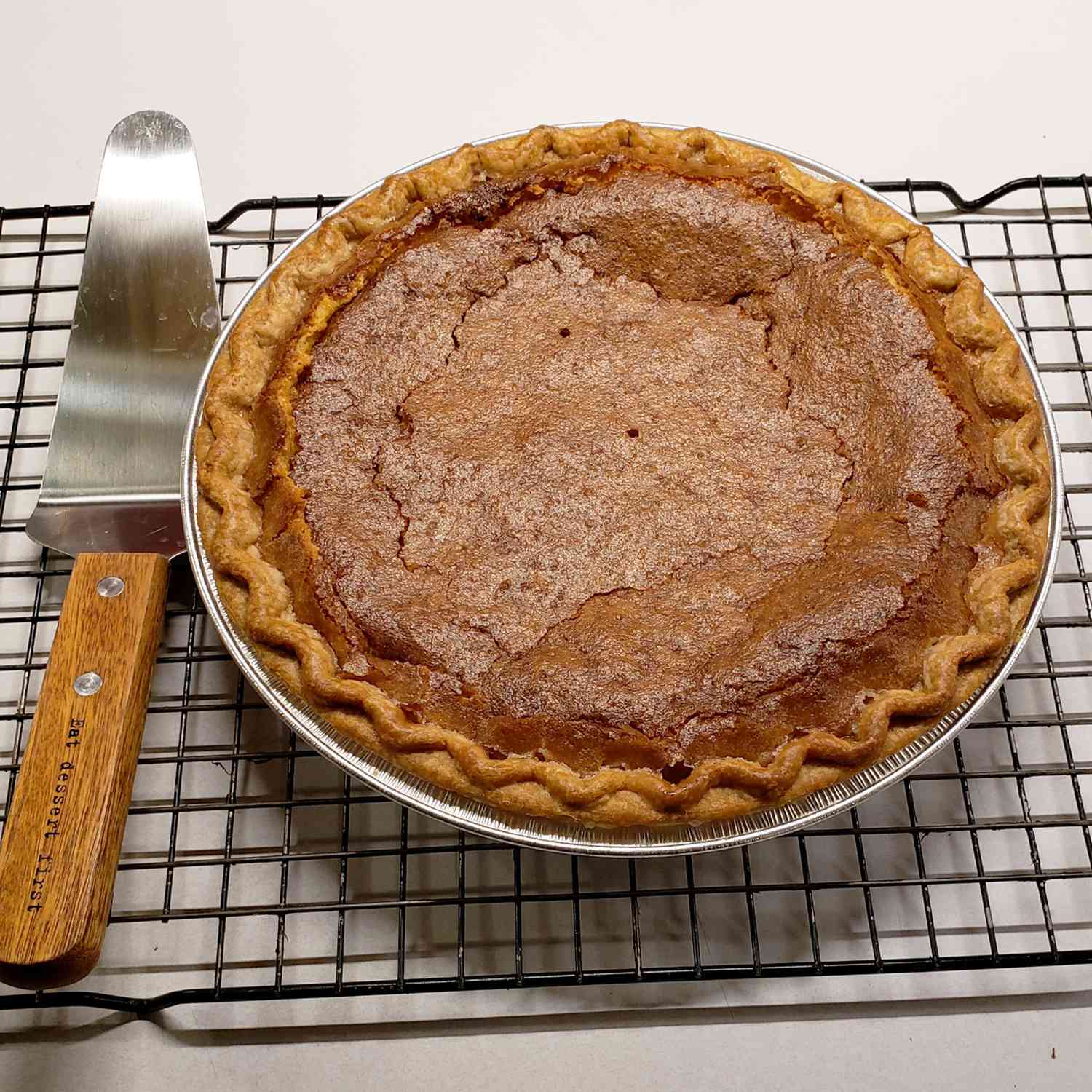
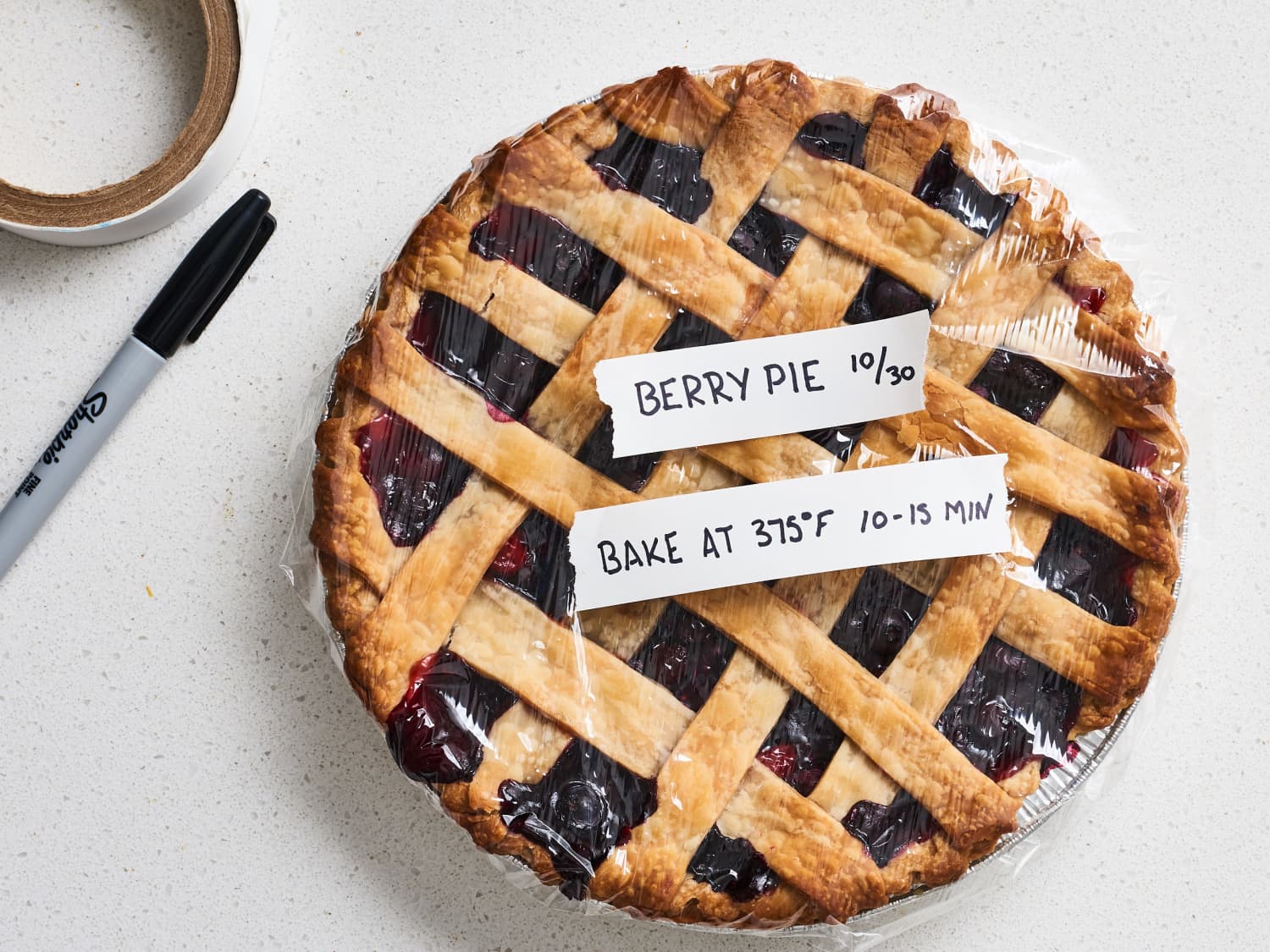

0 thoughts on “How To Store Pie Dough”